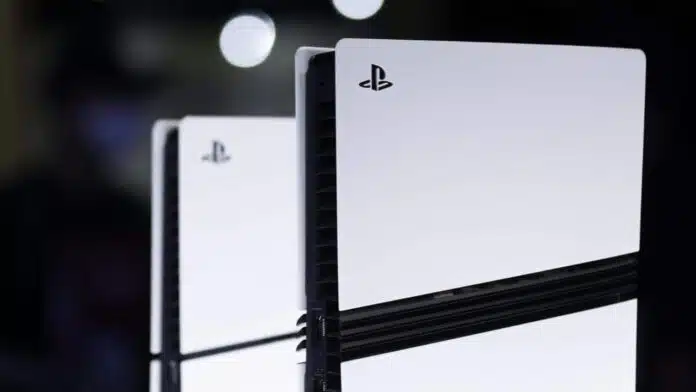
Next-Gen GPU Tech for PS6, introduced by Sony and AMD, has created strong excitement among gamers. Sony’s Mark Cerny as well as AMD’s Jack Huynh, have revealed groundbreaking technologies designed for the future PS6.
These innovations promise faster performance, stunning visuals, and improved efficiency.
Revolutionary Radiance Cores for Realistic Graphics
Sony and AMD are working together on powerful Radiance Cores. These are special hardware blocks made for real-time ray tracing and path tracing. They form part of AMD’s new RDNA architecture, which aims to bring lifelike light and shadow effects to games.
Radiance Cores will handle ray traversal tasks directly. This will free up other GPU components, allowing them to focus on shader and texture processing. The result will be smoother graphics and faster gameplay. AMD plans to use this same technology in future desktop GPUs, too.
Mark Cerny said that these technologies are still in the simulation phase, but they look very promising. He mentioned that Sony is excited about bringing this next-gen GPU tech to the upcoming PlayStation 6 within a few years.
Key features of Radiance Cores include:
- Dedicated ray tracing and path tracing units.
- Real-time unified light transport system.
- Improved rendering speed and visual depth.
- Integration with AMD’s new RDNA architecture.
Neural Arrays and Advanced AI Upscaling
Alongside Radiance Cores, Sony and AMD have introduced Neural Arrays. These are AI-powered computing units that work together as one strong engine. They share data and process visuals collectively, improving the speed and accuracy of upscaling.
Neural Arrays help render large portions of the screen at once. This reduces processing time and boosts efficiency. With this system, the PS6 could easily handle 4K resolution at 120 FPS, something gamers have long desired.
Sony and AMD also plan to use AMD’s latest FSR Redstone technology. This includes Neural Radiance Caching, which uses artificial intelligence to improve lighting and texture quality. Together, these upgrades will make visuals sharper and more lifelike while lowering GPU stress.
Main benefits of Neural Arrays:
- Faster upscaling for 4K gaming.
- AI-based processing for better visual clarity.
- Balanced performance with lower GPU load.
- Seamless frame rates and smoother gameplay.
Universal Compression and Power Efficiency
Sony is also improving how GPUs manage bandwidth and data. The new Universal Compression system will replace the older Delta Color Compression used in PS5.
It compresses all graphics data throughout the rendering process, making it more efficient.
According to Jack Huynh, Universal Compression allows the GPU to display more detail at higher frame rates while consuming less power.
It also improves cooling and stability for long gaming sessions. This system can help both the PS6 and potential future handheld consoles operate more efficiently.
Key improvements include:
- More bandwidth for high-quality graphics.
- Higher frame rates with reduced heat output.
- Better power management for portable devices.
- Support for low-power gaming modes.
The Final Words
Next-Gen GPU Tech for PS6, introduced by Sony and AMD, shows how far gaming technology has come. With Radiance Cores, Neural Arrays, and Universal Compression, Sony aims to create faster, smarter, and more efficient consoles.
Though still in development, this technology could redefine console gaming and bring players closer to a truly realistic visual experience.
For the latest tech news, follow Hogatoga on Twitter, Facebook, and Google News For the latest tech-related videos, Subscribe to our YouTube Channel and Newsletter.
















